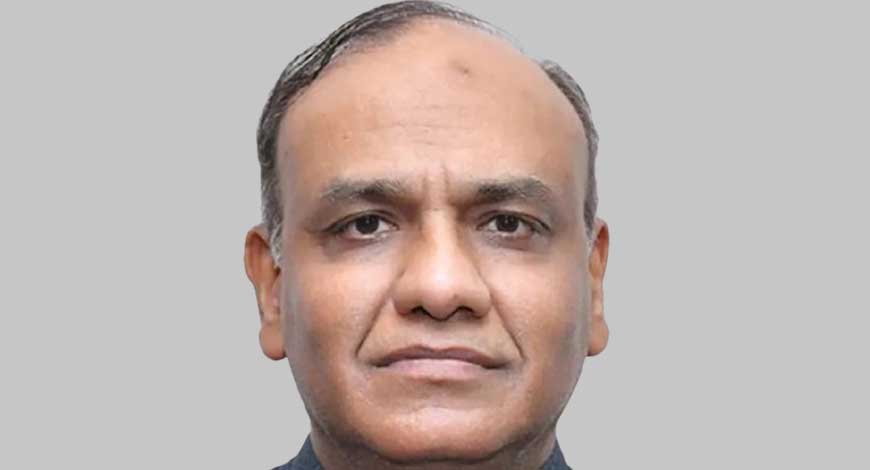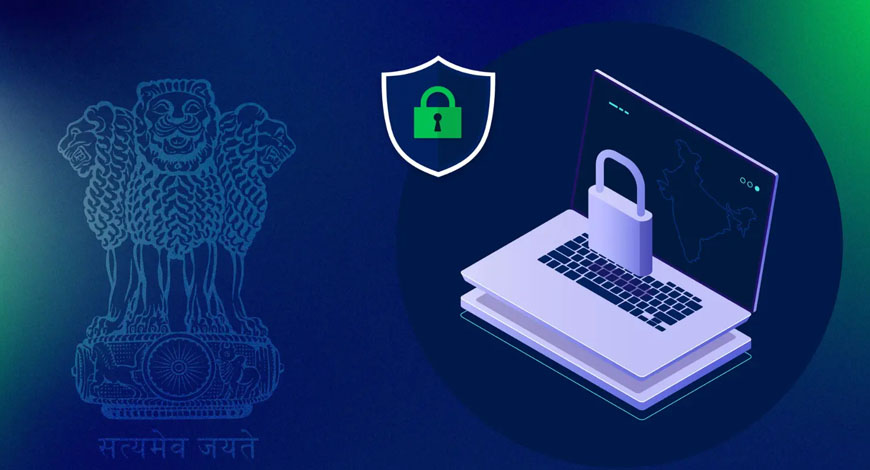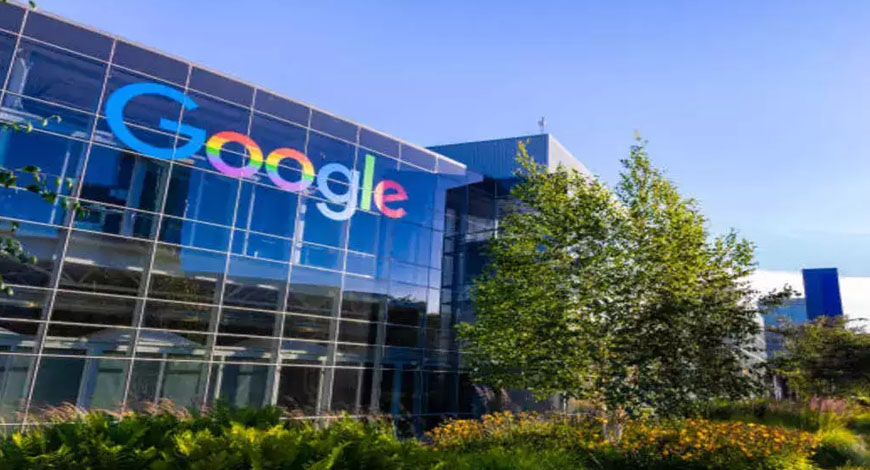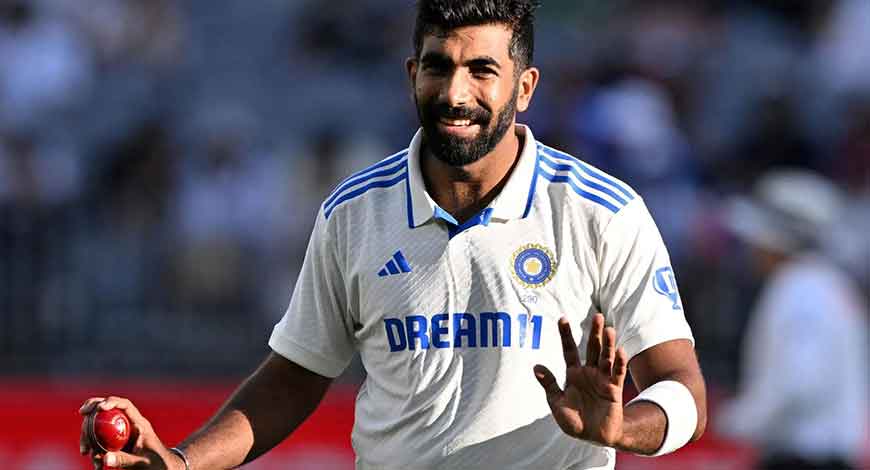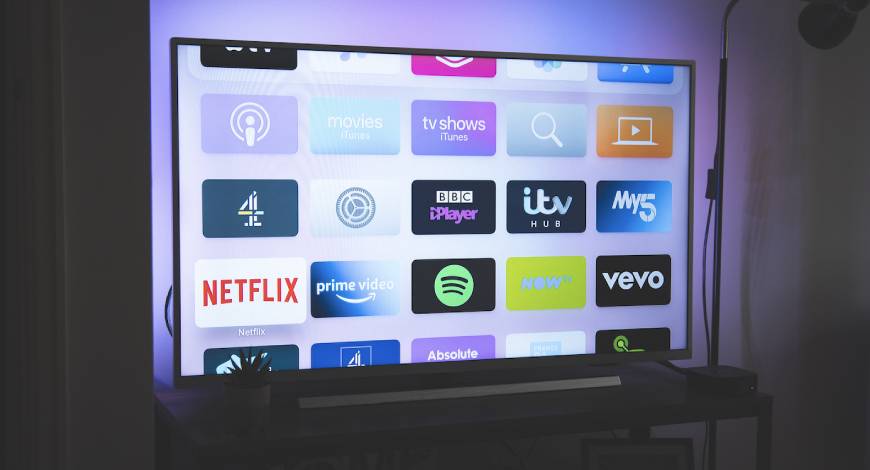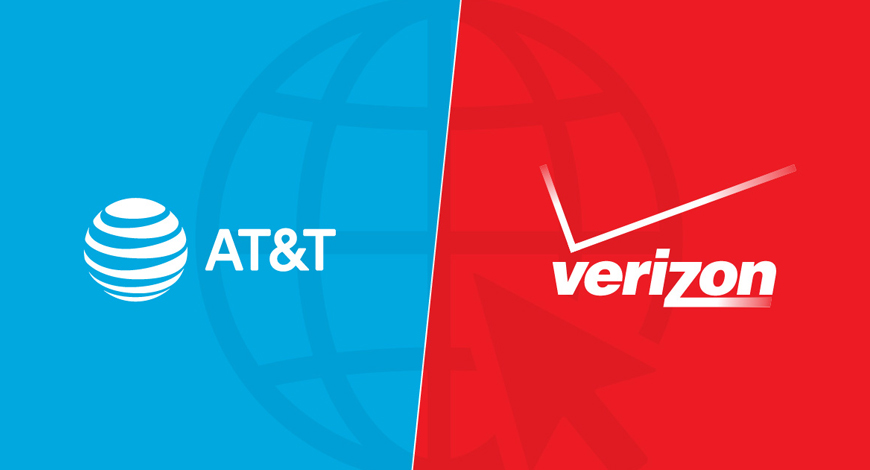A little more than two years after Netflix moved to further disrupt the TV industry by introducing commercials, galvanising already fierce competition to grab budgets targeted at traditional TV, the market for streaming advertising in the UK will pass the £1bn milestone.
For the first decade of the streaming revolution the received wisdom, most fervently espoused by Netflix, was that the days of the TV commercial were numbered, with consumers willing to pay in return for an uninterrupted viewing experience.
A combination of the cost of living crisis making consumers more open to paying less in return for seeing a few ads, and the growth potential in tapping a new revenue stream as subscriber growth petered out, has made the old-fashioned ad break the streaming winner of 2024.
By November 2022, when Netflix had its Damascene moment, launching a cost-conscious, ad-supported tier to reignite stalling growth, the advertising opportunity in the video-on-demand sector was already clear.
That year the UK market – which includes free, ad-supported, on-demand TV services (Fast), including the Channel 5 owner Paramount’s Pluto TV, Fox’s Tubi and Samsung’s TV services – hit £746m.
At the time, the streaming advertising sector amounted to just under a fifth the size of the then £3.9bn traditional TV advertising market in the UK.
By the end of 2024 the streaming ad market will have grown by more than £300m to £1.1bn to be 30% of the size of the under-pressure traditional TV ad market, which will shrink to £3.58bn, according to Ampere Analysis.
“Advertising supported streaming has unquestionably been a big winner,” says Rory Gooderick, a senior analyst at Ampere. “But when looking at the advertising landscape in the UK right now, the ad tiers offered by the [US] streamers are still fairly immature, with low advertising loads, and a minority of customers are on ad-supported tiers, aside from Amazon which introduced ads for all customers.”
Last month, Netflix said its ad-supported tier had reached 70 million monthly viewers globally in just two years. However, the company’s co-chief executive Greg Peters told investors that while it doesn’t expect ads to be a “primary driver of revenue” until at least 2026, there is a huge opportunity to “close that gap”.
Nevertheless, the launch of lower-cost, ad-supported tiers by the big streamers has helped to breathe life into a subscription video-on-demand market that had experienced a dramatic slowdown.
In the UK, the number of subscribers to a streaming service such as Netflix, Amazon, Disney, ITVX or Paramount+ will reach 50 million by the end of 2024, growth of almost 3.5 million year on year.
Ampere estimates that 20% of Netflix’s 17.6 million UK subscribers are on its £4.99 monthly ad-supported tier, compared with just 7% of rival Disney+’s almost 7 million UK subscribers.
However, with relatively low audience numbers, some advertisers have balked at the rates being sought by the streamers, which are considerably higher than broadcast TV, resulting in viewers seeing a lot of “house” ads promoting shows or parent company-owned attractions such as Disneyland holidays.
While the entry of the big streamers such as Netflix, Amazon and Disney into the ad market has garnered most media attention, it is the services of the UK’s traditional broadcasters led by ITV and Channel 4 that remain the dominant force in the TV streaming ad market.
ITVX, ITV’s £800m-plus bet on the streaming future that launched a month after Netflix’s incursion into the ad market in 2022, continues to grow viewers and revenues.
ITVX grew streaming hours by 14% to 1.24bn and digital ad revenues increased by 15% in the nine months to the end of September, thanks to content including the Euro 2024 football tournament, Love Island and Douglas is Cancelled.
ITV maintains that it is on track to make £750m annually in digital revenues by the end of its 2026 financial year.
Channel 4 has said that its streaming minutes increased by almost a quarter to 56bn last year, that it expects digital ad revenues to exceed £300m in 2024, and that by 2030 half its income will come from its streaming operation.
However, while the numbers are all moving in the right direction and the overall market continues to grow apace, the streaming advertising revolution is not keeping up with the decline in traditional TV.
“Broadcaster decline is slowing down, that is clear,” says Tom Harrington, the head of television at the research service Enders. “It is not as bad as it was, but broadcasters’ video-on-demand services are not balancing the decline in linear TV. Streaming is not keeping up with the viewing decline, the amount leaving broadcasters is still more than material.”
Meanwhile the big beasts of the streaming world are benefiting financially, and in customer growth, from the introduction of ad-supported streaming.
Netflix is firing on all cylinders with its market value doubling over the last year to $400bn, and Disney has finally reported its first quarterly streaming profit after pouring billions into becoming a global-sized player.
However, the dynamics of dropping subscription prices, with the aim of boosting overall per-subscriber income through ads, means that the quest for scale and profits has become that much harder for less frequently used services.
This is the case for AppleTV+, which, despite having expensive and critically acclaimed hits such as Wild Horses, The Morning Show and Ted Lasso, is almost constantly on offer, with generous free trial periods through third parties such as Sky and EE.
AppleTV+ has a high customer churn rate, at more than 12% according to Kantar, highlighting the difficulty of even deep-pocketed global brands to keep customers on board. In the UK, AppleTV+ is estimated to still have only 2 million paying subscribers, according to Ampere.
Similarly, other second-tier players such as Paramount+ and Discovery+ lean more heavily on being bundled by distribution partners for sign-ups, such as Sky, which is less profitable than direct-to-consumer subscriptions.
“Outside of the top few the others are kind of bundled in a way that makes them almost like they are free,” says Harrington. “They are just not as valued by customers, usage levels are low, and they have no leverage to put prices up. Netflix is smart. They have now anchored the low cost end of the market with its ad-supported package. Others can’t put prices up without looking expensive, but they are all having to foot the same content costs without Netflix’s scale.”
While next year is too soon for the big streaming companies to extend their dominance from TV viewing to the TV advertising market, there is an air of inevitably that ultimately the US giants will manage to fine tune problems such as ad pricing, targeting and providing concrete campaign performance data to become a major force.
“The likes of Netflix may only be taking some crumbs off the table of an ITV or Channel 4 at the moment,” says the media analyst Alex DeGroote. “But sooner or later these ad tiers are going to really work, and then – watch out.” The Guardian
